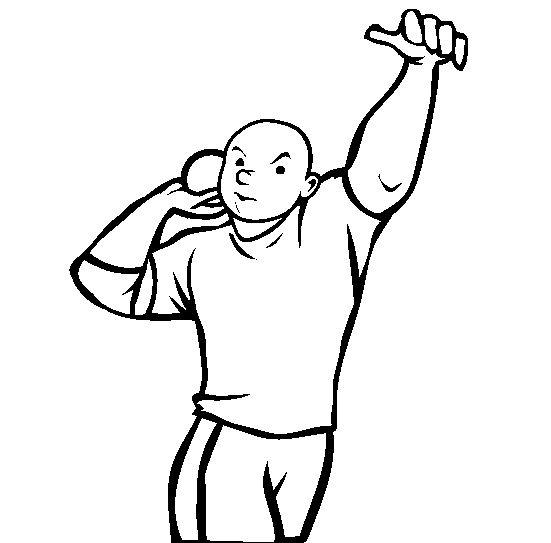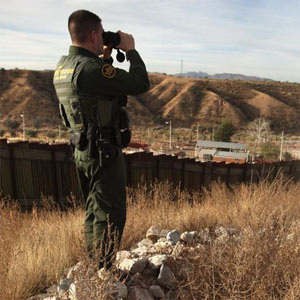I'm a licensed Aircraft Mechanic & Inspector with twenty five-plus years in the field. I've had a varied career so far, with time spent in the sheetmetal, mechanic, and inspection specialties. Most of my time is on heavy Boeing and McDonnell Douglas aircraft, of the passenger, cargo, and experimental type. This career isn't for everyone, but I enjoy it.
Please do NOT ask me to troubleshoot problems with your airplane, that is not what this Q&A is for.
No idea. Google is your friend.
If you are having a hard time grasping germ theory, probability, or the possible benefits of minimizing exposure vis-a-vis the tradeoff between prudent measures and what customers will tolerate; I suggest you inquire with the appropriate professional.
Because I'm not here for your BS.
WASH YOUR HANDS, WEAR A MASK.
You are going to have to be a lot more specific than that.
Tri-jets were a solution for safety. For a time when four engines were too much, and not needed. But two weren’t enough, for either thrust needs, or safety.
ETOPS effectively put an end to the three engine aircraft.
There is a lot of history to the topic. I encourage you to research it. It is interesting.
Help Desk Technician
Track and Field Coach
 How often are your athletes tested for PEDs and is it easy to beat?
How often are your athletes tested for PEDs and is it easy to beat?
Border Patrol Agent
 How easy is it to forge a US passport?
How easy is it to forge a US passport?
I don’t know? Because they’re federal employees?
Let’s try to keep the questions on topic.
I don’t have any inside knowledge to share about Boeing’s future models.
But despite being a Boeing super fan; I am rather pessimistic regarding their future. I think they are being too conservative.
The cancelled Sonic Cruiser project was a disappointment to me. As I saw that as a risk worth taking.
I’ve been following their research into blended wing bodies (BWB). But that’s been in R&D for long time. And Airbus is looking into it now too, and I see it more likely that they will do it before Boeing does.
So, in my opinion: Expect the next ‘big deal’ from Boeing to be an evolutionary design of some kind. A narrow or wide body twin engine; with more composites, computer controls, maybe a different wing design, and better engines.
I am curious to see when the big push to get rid of the copilot comes. There has been talk of single seat cockpits for years, as the autopilot and other systems have gotten better. Airlines would love to pay less for flight deck crews.
-OR-
 Login with Facebook
Login with Facebook (max 20 characters - letters, numbers, and underscores only. Note that your username is private, and you have the option to choose an alias when asking questions or hosting a Q&A.)
(A valid e-mail address is required. Your e-mail will not be shared with anyone.)
(min 5 characters)
By checking this box, you acknowledge that you have read and agree to Jobstr.com’s Terms and Privacy Policy.
-OR-
 Register with Facebook
Register with Facebook(Don't worry: you'll be able to choose an alias when asking questions or hosting a Q&A.)